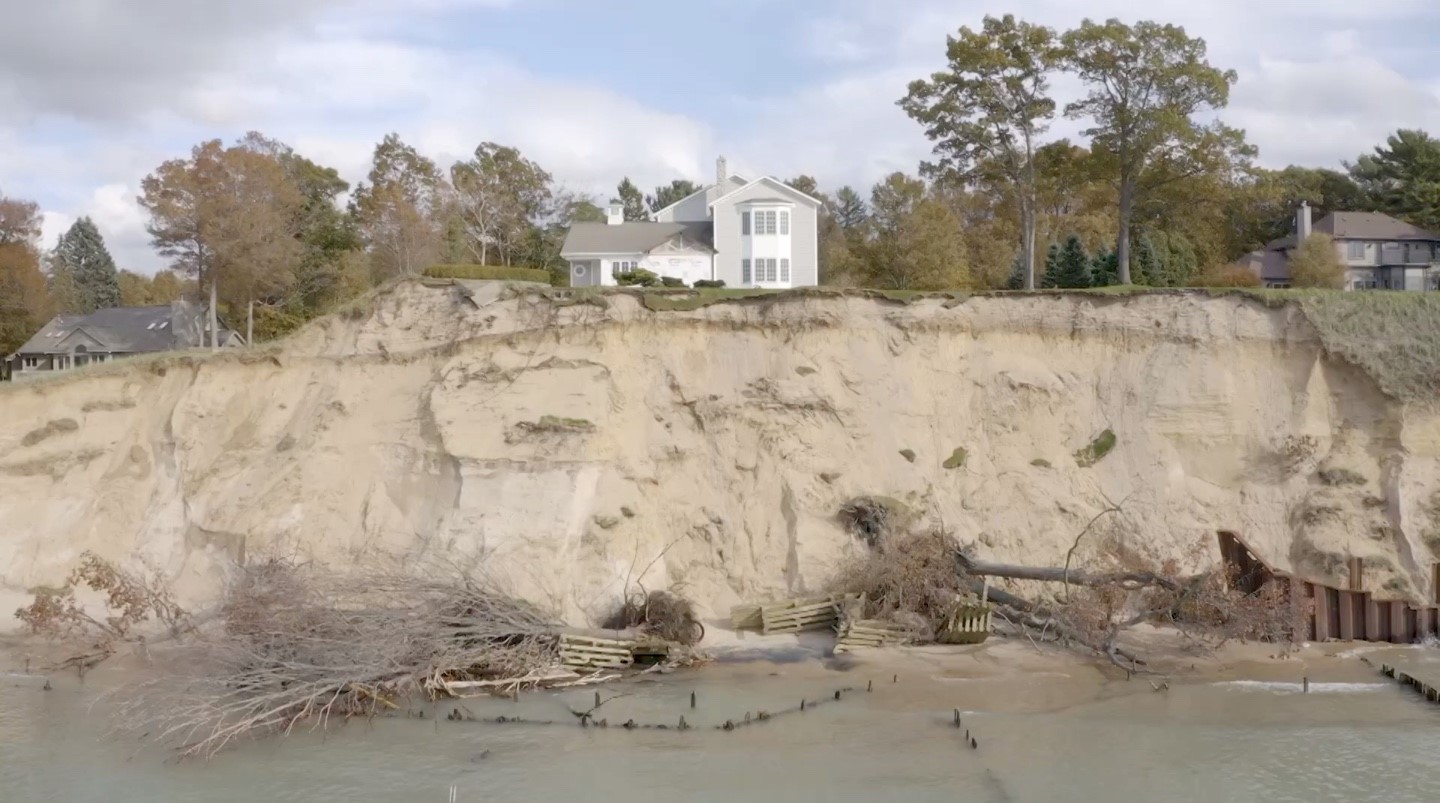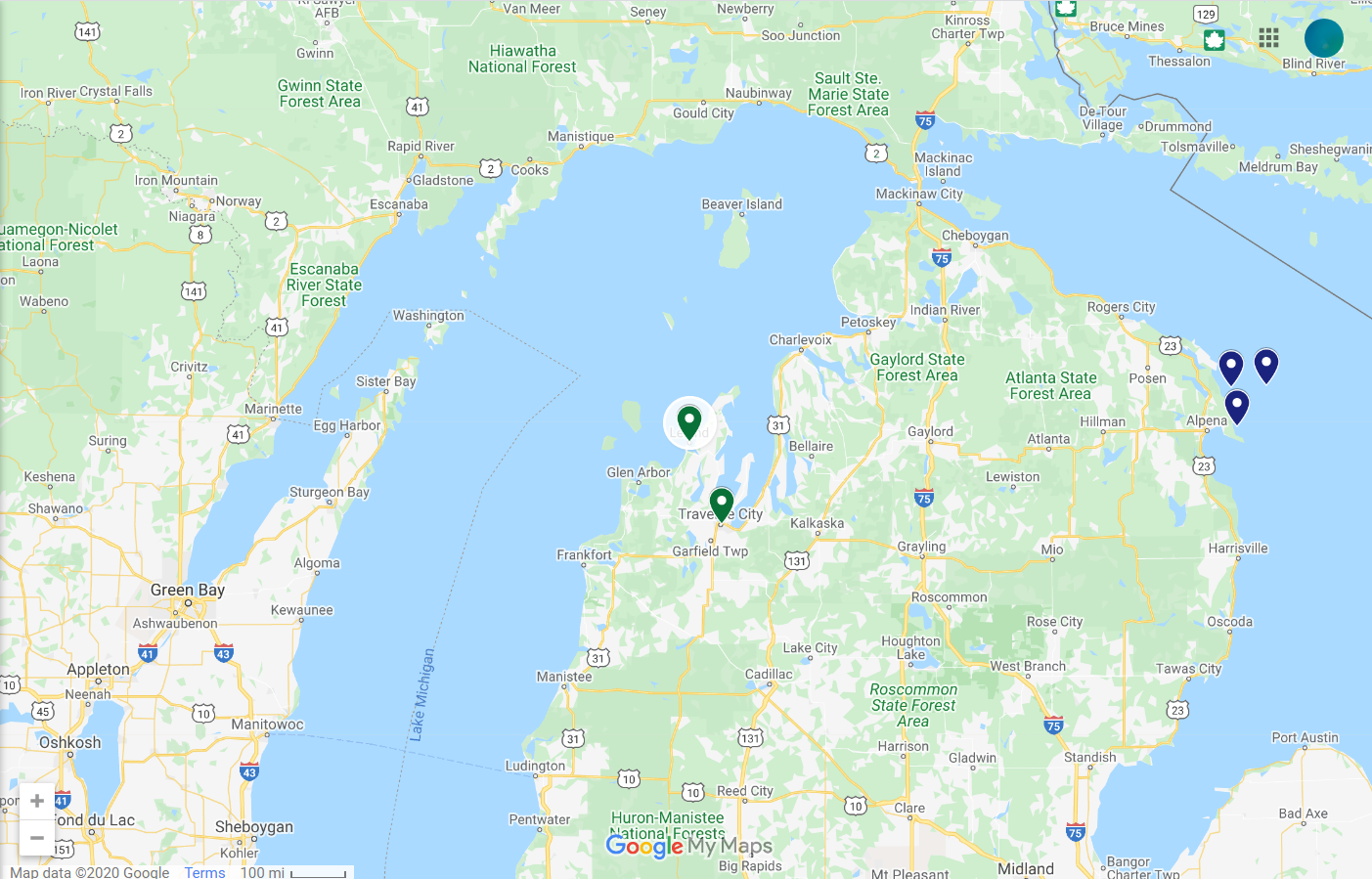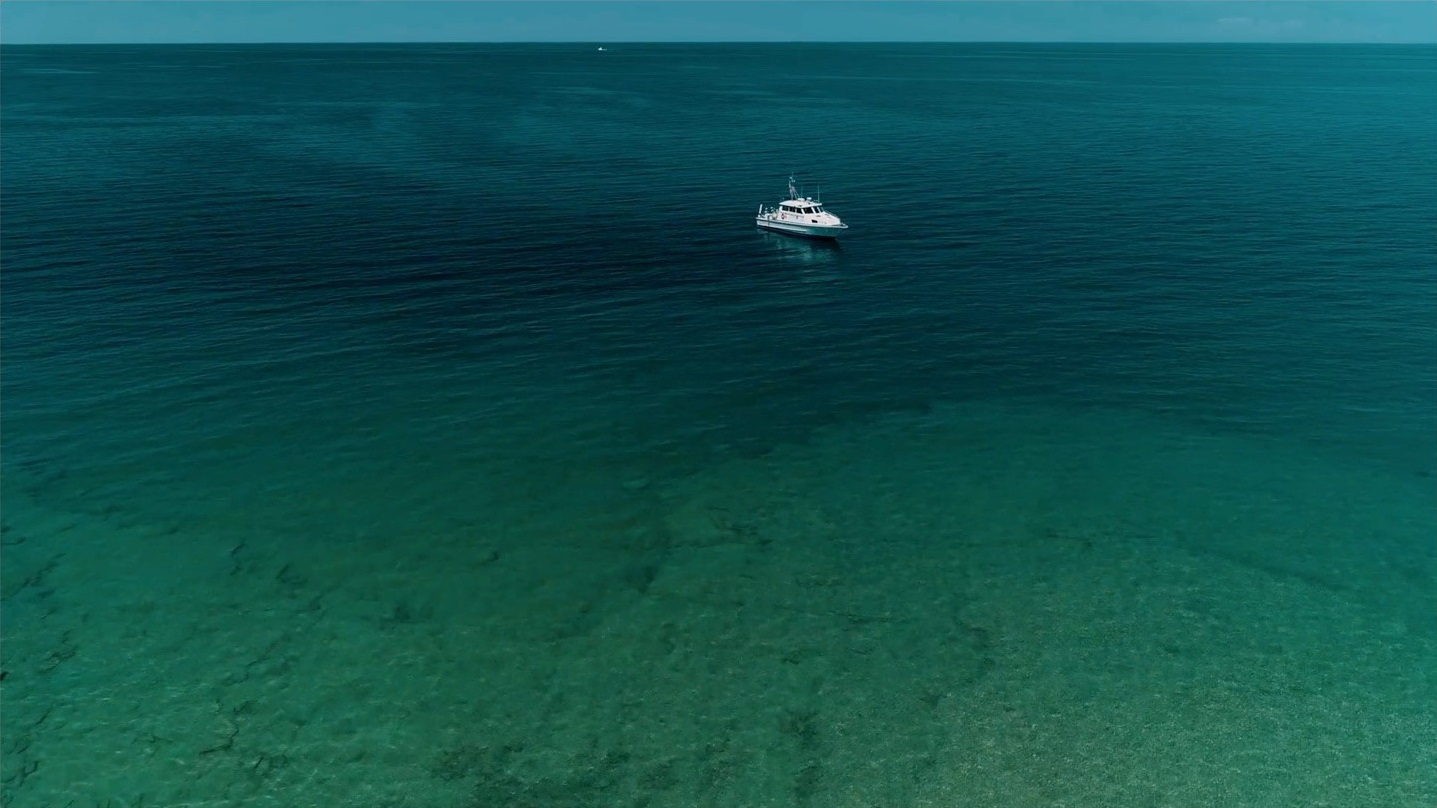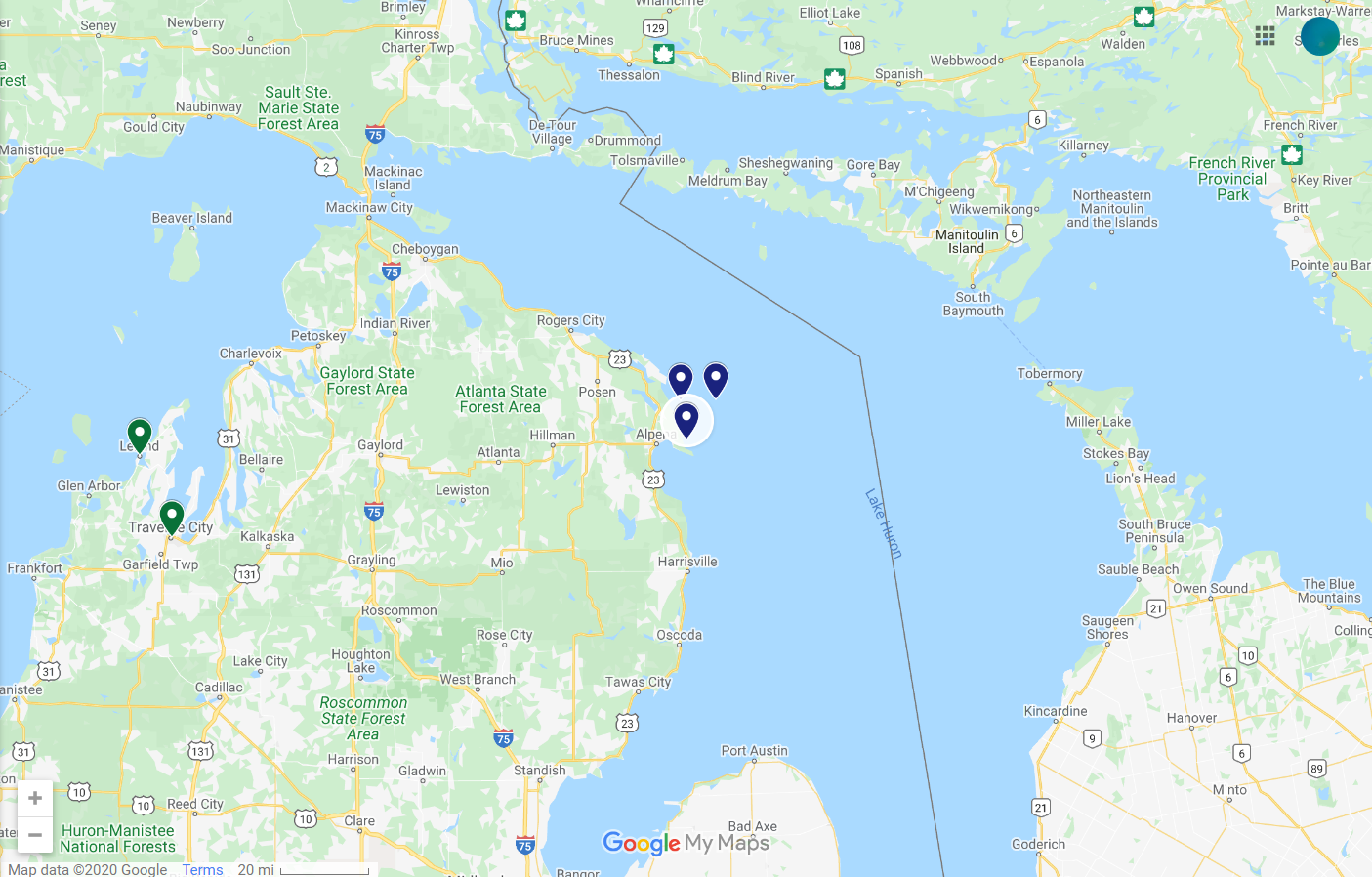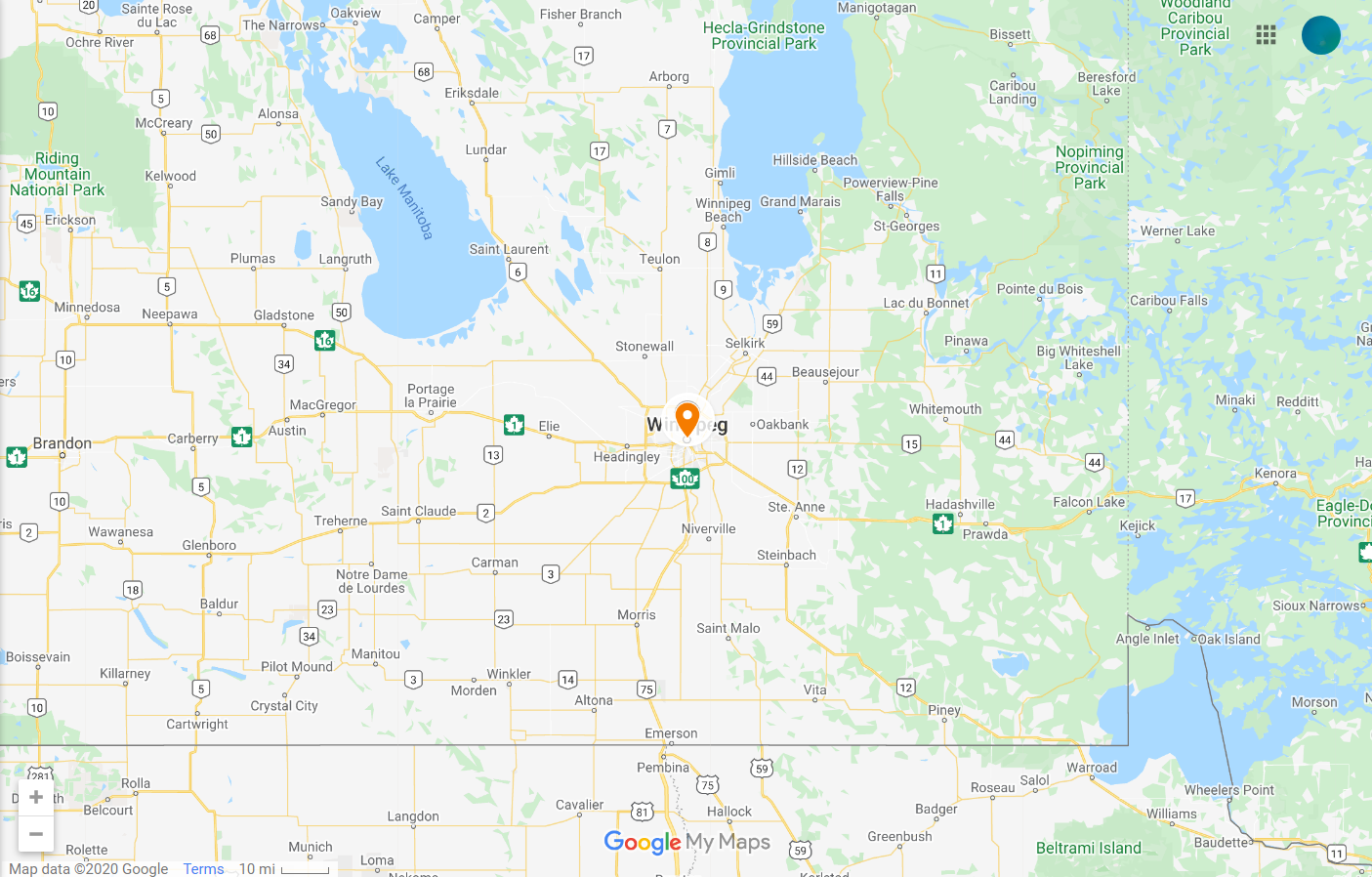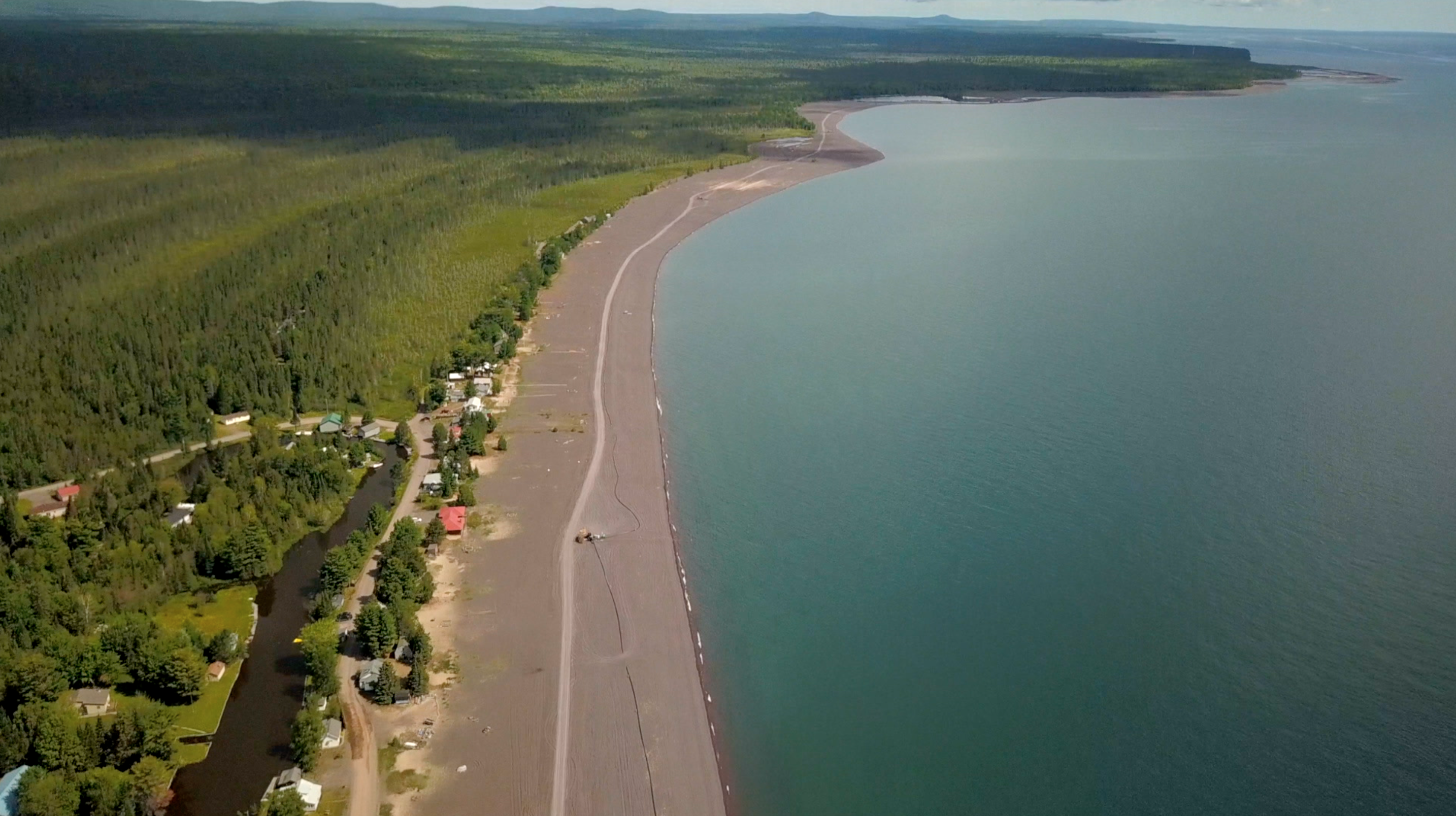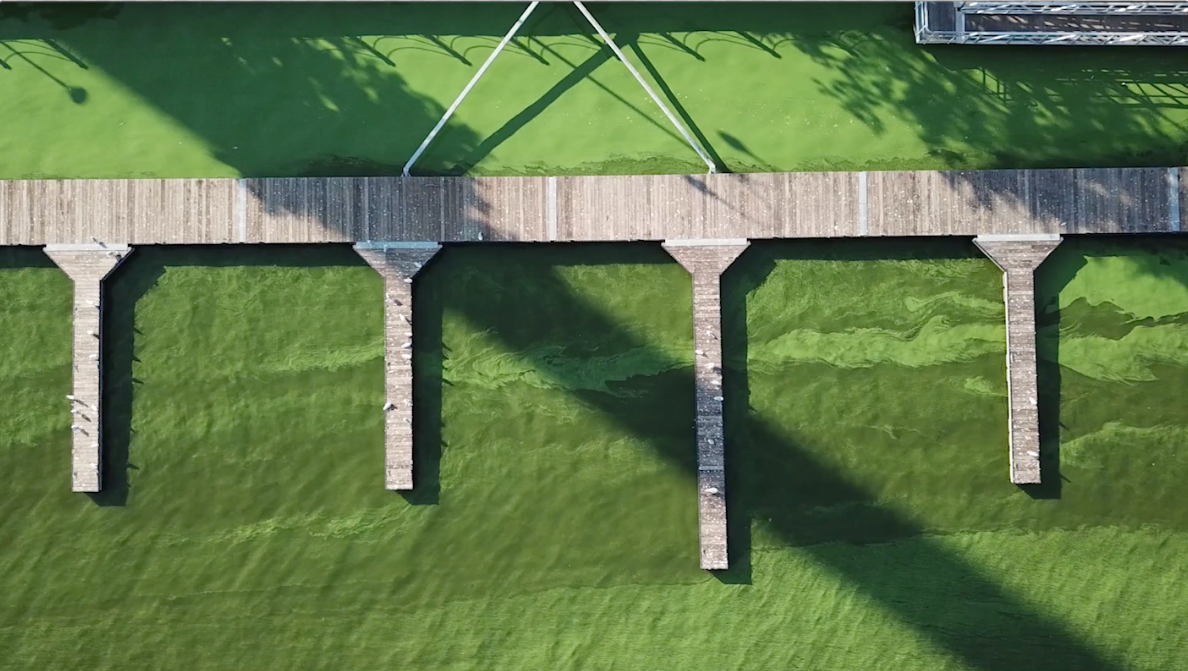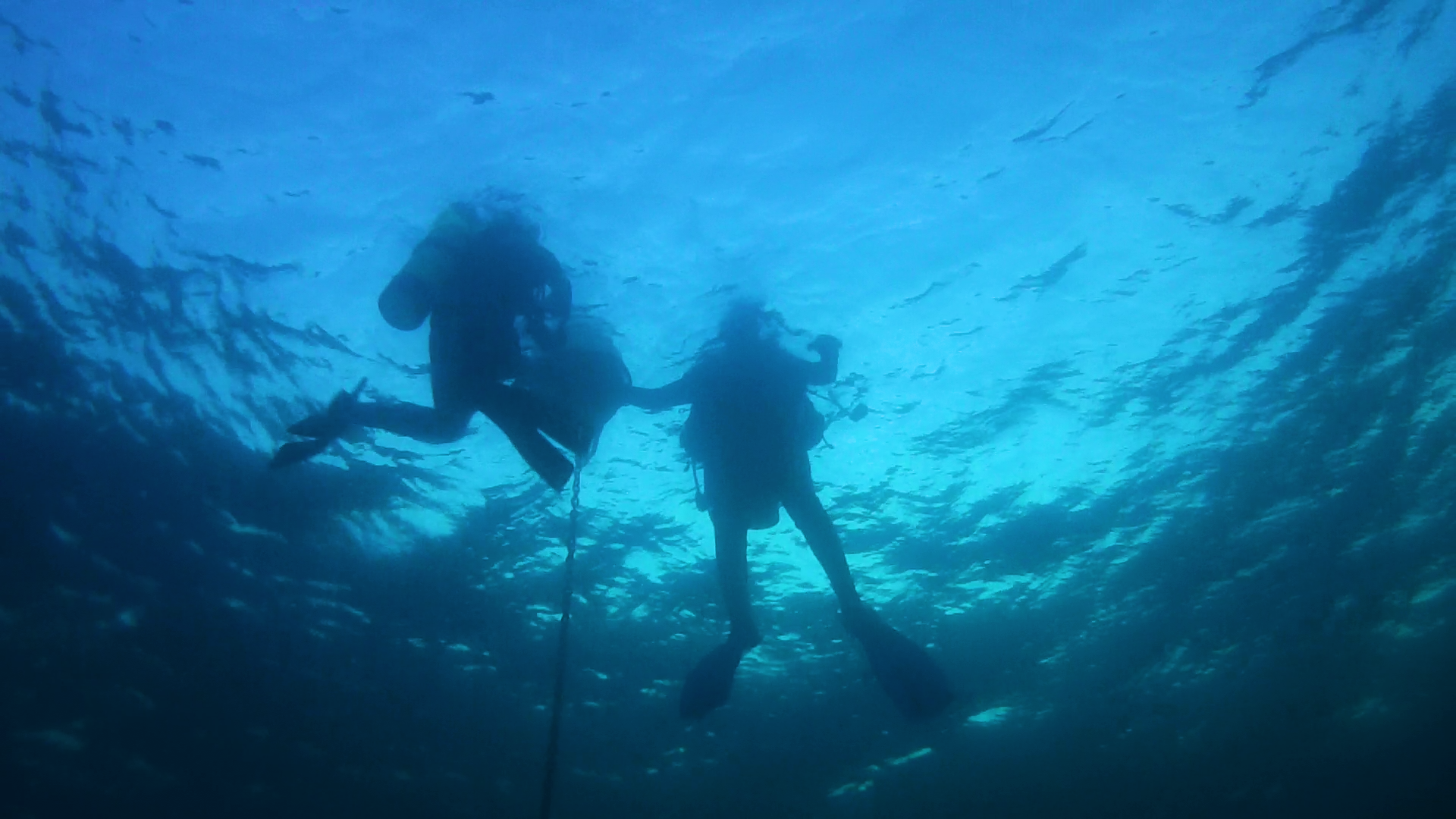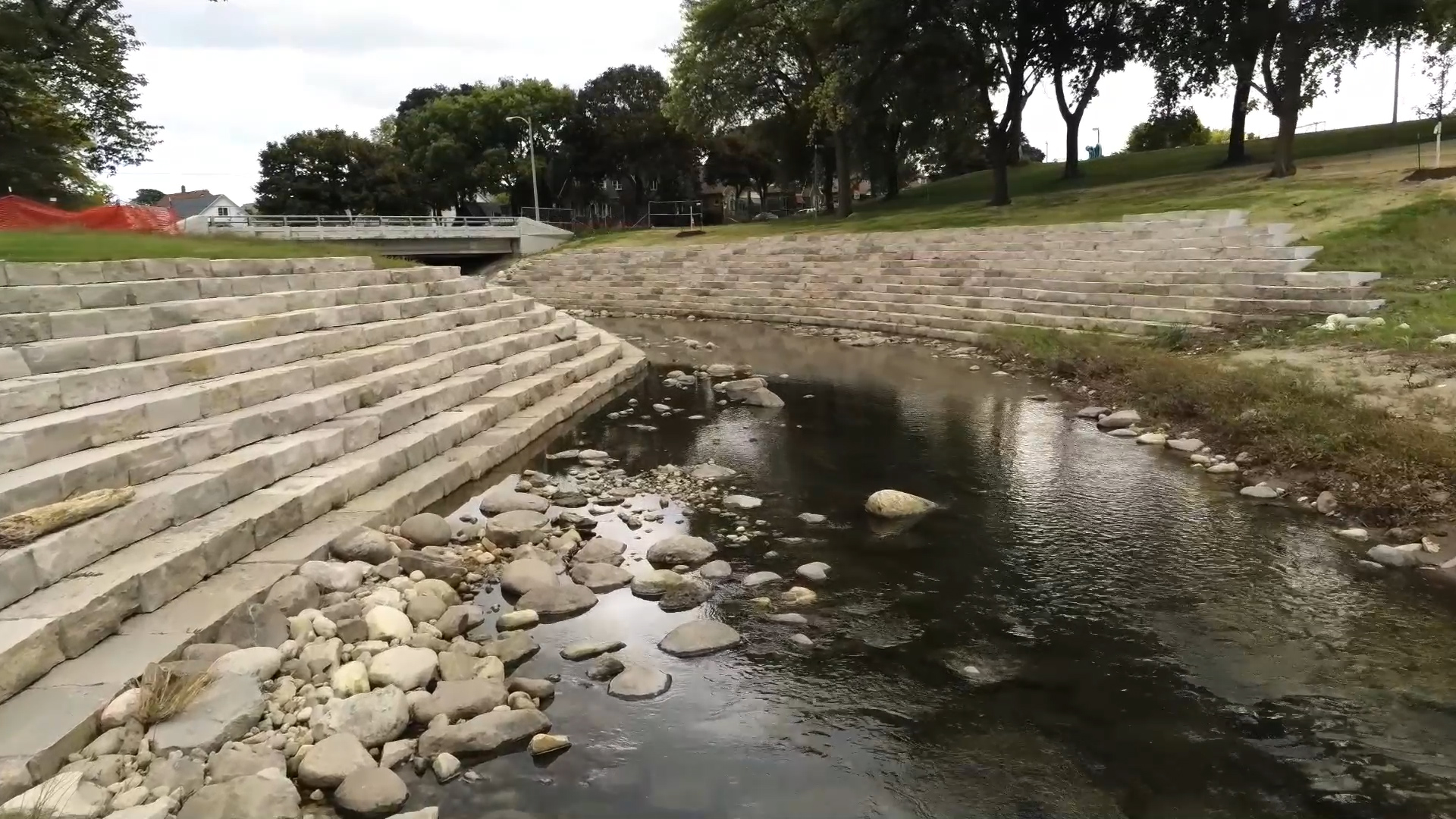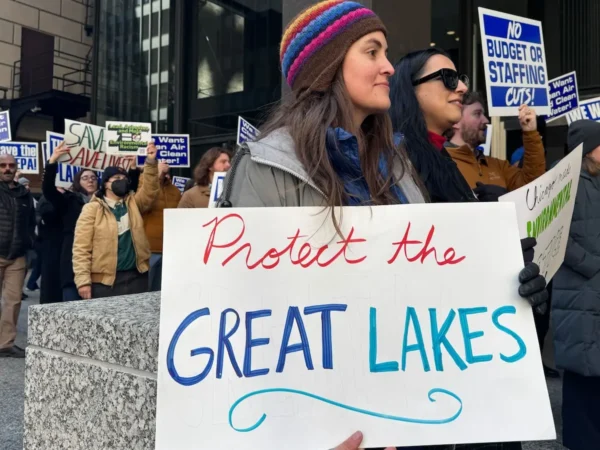Travel with Great Lakes Now to the remote Canadian research station where scientists are working to understand – and protect – freshwater. Go deep into Lake Huron to see mysterious sinkholes, and watch as some homeowners try to save their Lake Michigan coastal homes while the waters wash away the beaches below them.
WHERE WE TAKE YOU IN JANUARY
Watch Live on DPTV
Tuesday, January 28 at 7:30 PM
STATIONS CARRYING THE SERIES
WGVK-TV
Kalamazoo, Michigan
WNMU-TV
Marquette, Michigan
WMVS-TV
Milwaukee, Wisconsin
WCMU-TV
Mount Pleasant Michigan
WNIT-TV
South Bend, Indiana
WCNY-TV
Syracuse, New York
WGTE-TV
Toledo, Ohio
WDCQ-TV
University Center, Michigan
WNPI-TV
Watertown, New York for Ontario signal
WPBS-TV
Watertown, New York for U.S. signal
Have a question about the Great Lakes or life in the region?
Ask Great Lakes Now, and if we can answer it, we might loop it into our coverage so others can learn too.
Submit Your QuestionVanishing Shorelines
SEGMENT 1 | Michigan’s Lower Peninsula’s Northwestern Coast
Like many Great Lakes communities, the western shore of Michigan’s Lower Peninsula is feeling the devastating effects of high water levels in the Great Lakes.
From businesses in Leland’s Fishtown to roads in Pentwater to waterfront homes in Muskegon, the flooding problem started early in 2019 and has become more urgent.
Houses have been lost, and the water isn’t predicted to recede any time soon. In fact, the Great Lakes levels are projected to continue rising in the coming months.
“The things that people are really turning to to protect their properties are the seawalls — either steel seawalls or rock revetments — or moving their structures,” said Lynn Moore, reporter for MLive Media Group and the Muskegon Chronicle. “They’ve spent tens of thousands of dollars, even hundreds of thousands of dollars on protection for their properties.“
Great Lakes Now partnered with MLive Media Group to show you how the arrival of fall storms on top of the already-high water levels has made the threat of erosion even more pressing for these residents and businesses.
Here are more Great Lakes Now stories about shoreline erosion:
- Check out this interactive graphic showing the change in water level by the Big Sable Point Lighthouse HERE and a timeline of ships that sunk near Muskegon from 1930 to 1950 HERE.
- High water levels and powerful waves have unveiled an 84-foot segment of shipwreck lost over 80 years ago. Hear the account of a Muskegon resident who was on board when it went down HERE.
- For a list of resources on shoreline erosion and high water for homeowners, categorized by state, click HERE.
- One silver lining of shoreline erosion? Resurfacing shipwrecks. Find out more HERE.
Lake Huron Sinkholes
SEGMENT 2 | Northern Lake Huron near Alpena, Michigan
In 2001, mysterious sinkholes were discovered in northern Lake Huron. They’ve attracted researchers from around the world.
The sinkholes are also found inland.
“Lake Michigan, Lake Huron, Lake Erie sit on top of karst geology,” says Steve Ruberg, observing systems researcher with NOAA’s Great Lakes Environmental Research Laboratory. “What that means is that they’re sitting on top of an ancient limestone layer—400 million years old and older—residual from an ancient shallow seabed.“
Over millennia, groundwater can dissolve limestone. That’s how many caves are formed, and that’s the process that gave rise to these sinkholes.
But how much water comes through the sinkholes? What role do they play in determining how lake levels rise and fall? That’s what Ruberg’s research team is trying to find out.
Here are more Great Lakes Now stories about sinkholes:
- Great Lakes Now’s Ric Mixter descended into a deep sinkhole on a dive. Go HERE to share in his scuba experience in what he calls an “alien-like” environment.
- Read all about the ecosystems of the sinkholes and what research into them could tell us about other planets HERE.
- Watch Michigan Micro Adventures, a video series about inland sinkholes in Michigan, HERE.
- Interested in more about the Thunder Bay National Marine Sanctuary? Watch Great Lakes Now’s previous segment called “Wrecks Within Reach.” Click HERE.
Polluting with Purpose
SEGMENT 3 | Experimental Lakes Area, Western Ontario
At a remote Canadian research station, scientists are working to understand the effects of pollution on freshwater. Their studies ultimately could help preserve and restore the Great Lakes.
Operated by the International Institute for Sustainable Development, the Experimental Lakes Area is a four-hour drive from Winnipeg miles from any towns. The location is key. The lakes are contained, so researchers can manipulate them and observe the effects and remediation in the natural environment.
“It sounds a bit crass maybe, but we treat our lakes like test tubes,” said Pauline Gerrard, deputy director of the Experimental Lakes Area. “If you think about an experiment in a lab, you have a test tube. You know exactly what’s in that test tube to start with. You add a certain amount of something else and you observe the change. We do that in our lakes.“
In one of the experiments, researchers have contaminated sections of a lake with oil to better understand how spills in the “real world” impact fish and water quality over time. It’s research that’s needed, they say, because most existing published work on oil and water looks at oceans.
Here are more Great Lakes Now stories about freshwater:
- Read Great Lakes Now Program Director Sandra Svoboda’s account of visiting the Experimental Lakes Area and field producing this segment HERE.
- Great Lakes Now Contributor Sharon Oosthoek also visited the Experimental Lakes Area. HERE is her piece about the ongoing research into how recreational marijuana can affect freshwater.
Previous Episodes
Waters Restored
Episode 1006
See what happened after a fast-growing western Michigan community started running out of drinking water.
Watch the ShowWaters Infected
Episode 1007
Household waste, lead and agricultural runoff are byproducts of modern life. Get the down-and-dirty reality of what can happen when these substances get into the region’s water systems.
Watch the ShowIn the Waters
Episode 1008
Politics, economics, recreation and science are all part of the latest episode of Great Lakes Now. Go underwater in the five lakes with a group of women who dove them all in 24 hours, and learn more about the controversy about controlling water levels in Lake Ontario and the St. Lawrence. Get aboard a commercial fishing boat on Lake Huron, and meet Dr. Katfish, who wants you to know that Great Lakes fish can be fun and festive.
Watch the ShowFinding Impacts
Episode 1009
Search for a meteorite on the bottom of Lake Michigan. Learn how a little striped fish might help us understand the health impacts of industrial chemicals on people, and see how a Milwaukee community is UN-developing a river to improve the environment and water quality.
Watch the Show
Featured Articles
Digital Credits
The Great Lakes Now Series is produced by Rob Green and Sandra Svoboda.
Digital Designer: Shelby Jouppi
Additional Video Provided by: Mlive Media Group, Fishtown Preservation Society, National Weather Service, Oceana County Road Commission, WTTW/Chicago Tonight, WRVO Public Media, Robert Carlisle


